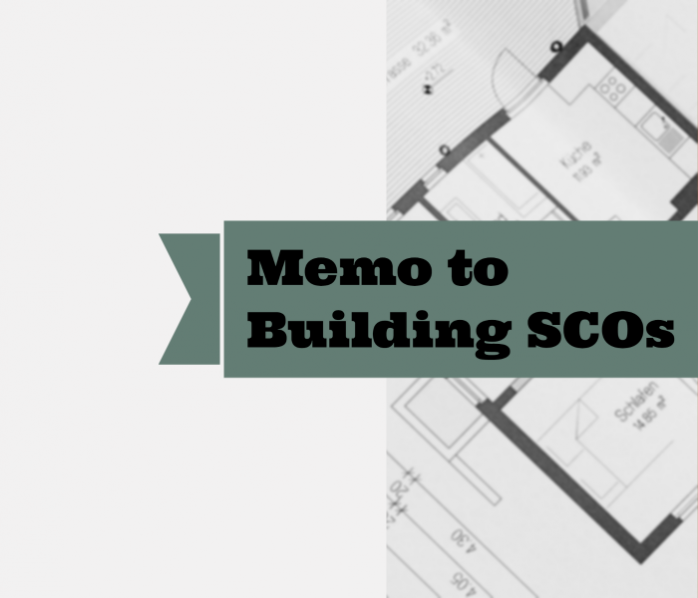From CLSAB: Permitted Uses of Fingerjoined Lumber
January 12, 2022 – Memo to Building SCOs from the Canadian Lumber Standards Accreditation Board
The National Building Code of Canada (NBCC) 2015 – Volume 1 and 2 issued by the Canadian Commission on Building and Fire Codes, National Research Council of Canada permits the interchangeable use of unjointed and fingerjoined lumber that has been produced and grade stamped in accordance with the National Lumber Grades Authority (NLGA).
The fingerjoined lumber must be produced and grade stamped in accordance with the following Special Products Standard (SPS):
- SPS 1 – Fingerjoined Structural Lumber, or
- SPS 3 – Fingerjoined “Vertical Stud Use Only” Lumber
to satisfy Part 4 – Structural Design or Part 9 – Housing and Small Buildings of the NBCC.
Part 4 “Structural Design”
For buildings that are engineered under Part 4 of the NBCC, Section 4.3.1.1.(1) “Design Basis for Wood” states:
Buildings and their structural members made of wood shall conform to CSA 086, “Engineering Design in Wood”.
CSA-O86, Clause 6.2.3 “Finger-joined lumber” states:
Except as limited in Clause 6.2.3.2, 6.2.3.3, or 6.2.3.4, the design data specified in this Standard apply to finger-joined and face-glued lumber that has been produced in accordance with NLGA SPS 1, SPS 3, SPS 4, SPS 5, or SPS 6.
Note: Finger-joined and face-glued lumber is produced to specifications that permit the same specified strength and stiffness to be assigned as non-finger-joined and non-face-glued lumber of the same grade, species, and size.
CSA-O86, Clause 6.2.3.2.1 states that:
Finger-joined lumber that has been produced in accordance with NLGA SPS 3, shall be used only under the following conditions:
a) applications where the primary loading is in compression, with only short-duration stresses in bending or tension, such as due to wind or earthquake loads; and
b) applications where it is protected from wet-service conditions and not in an environment where the temperature can be expected to exceed 50 °C for an extended period.
CSA-O86, Clause 6.2.3.2.2 states that:
For SPS 3 “vertical stud use only” lumber to be used in a fire-rated wall assembly, the grade stamp shall include the Heat Resistant Adhesive (HRA) designation.
Part 9 “Housing and Small Buildings”
For houses and small buildings that comply with Part 9 of the NBCC, Section 9.3.2.1 “Grade Marking” states:
Lumber for joists, rafters, trusses and beams and for the uses listed in Table 9.3.2.1 shall be identified by a grade stamp to indicate its grade as determined by the NLGA, “Standard Grading Rules for Canadian Lumber.”
Table 9.3.2.1 requires:
• “stud wall framing (loadbearing members)” to have a minimum grade of “Stud, Standard or No.2”, and
• “stud wall framing (non-loadbearing members)” to have a minimum grade of “Stud, Utility or No.3”
Section 9.23.10.4.(1) “Continuity of Studs” states:
Wall studs shall be continuous for the full storey height except at openings and shall not be spliced except by finger-jointing with a structural adhesive. (see NoteA-9.23.10.4.(1).
Note A-9.23.10.4.(1) Fingerjoined Lumber states:
NLGA, “Standard Grading Rules for Canadian Lumber,” referenced in Article 9.3.2.1., refers to two special product standards, SPS-1, “Fingerjoined Structural Lumber,” and SPS-3, “Fingerjoined “Vertical Stud Use Only” Lumber,” produced by NLGA. Material identified as conforming to these standards is considered to meet the requirements in this Sentence for joining with a structural adhesive. Lumber fingerjoined in accordance with SPS-3 should be used as a vertical end-loaded member in compression only, where sustained bending or tension-loading conditions are not present, and where the moisture content of the wood will not exceed 19%. Fingerjoined lumber may not be visually regraded or remanufactured into a higher stress grade even if the quality of the lumber containing fingerjoints would otherwise warrant such regrading.
